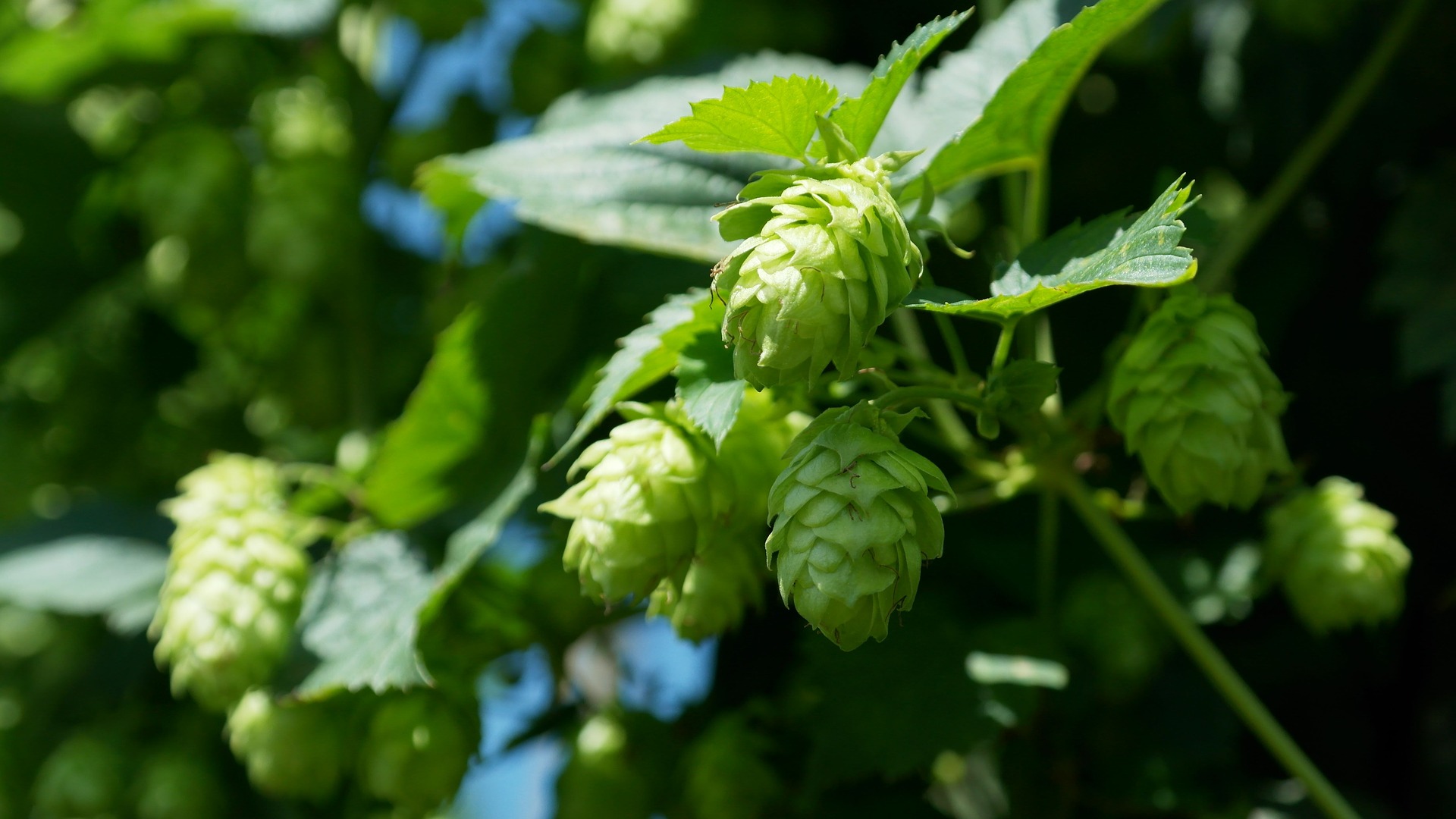We all know that a primary ingredient in beer, especially craft beers, is hops. But where and how are they grown?Hop plants are actually vines and are fairly widespread and grow in temperate climates throughout the world. The key part of the plant is the flowers. These give beer its trademark bitter notes. The vine-like Humulus lupulus traces the origins of its cultivation to 8th century Germany, but it’s first use in beer was documented a century later.
Climate and Geography
Today, many different types of hops are cultivated, each with its specific flavor notes. In the US, home to many now-famous Humulus lupulus varietals including Amarillo, Cascade, and Centennial.
Most US hops are grown in the west, where the weather is more consistent and stable. Over 90% of US crop is grown in Oregon, Idaho, and Washington. Washington state’s Yakima Valley alone produces over 75% of the yield and is home to several popular varietals such as Cascade, Mt. Hood, and Galena.
Meanwhile, growers in the northeastern US cope with unpredictable weather during the growing seasons by planting a wide variety of hops to see which types of the crop fair best. And in the midwest, where hop growing is still a recent development and winters are severe, growers cultivate their plants inside greenhouses before transplanting them outside in the spring. But despite the these difficulties, midwestern growers are still able to produce some of the same varieties that we see grown in the west, such as cascade and Mt. Hood of Washington.
Growth and Harvest
Once spring arrives, the plants will begin growing up the vertical rope trellises that are characteristic of hop fields (known as hop yards.) The plants can grow multiple feet in a week and reach the stop of a commercial trellis (15 to 20 feet) by late June, at which point they will grow outwards and become bushier.
Harvest occurs at the end of summer and is performed through a mix of manual and machine labor. The plants are first cut, rope and all, and transported to a large machine called a hop picker. One by one, they are pulled through the machine and a series of spinning teeth separate the hops from the plants. Although the machine is meant to only pick out the hops, other debris is often mixed in. In order to further filter out leaves and twigs from the hop flowers, the whole collection of plant material that is initially combed off by the picker is then dropped onto a dribble conveyor belt. This belt runs at an incline so that flat debris, such as leaves, lay against it and are whisked away while the round hops roll down in the opposite direction. As a final measure to remove unwanted debris, the hops are then dropped from the dribble belt to a cross conveyor where they are hand picked clean.
Once clean, the hops are then transported to a drying area where they are laid out on flat screens and air is circulated in order to facilitate drying and reduce the opportunity for mold growth.
Finally, growers compact the hops into blocks and vacuum pack them to make them easier to transport and to protect against oxidation, which degrades the chemical compounds in the hop flowers. The hops are then ready to be stored or brewed.
Sources:
http://beersmith.com/blog/2008/04/10/growing-hops-in-the-garden-how-to-grow-beer-hops/
http://www.wweek.com/portland/article-25406-cone-heads.html
http://allaboutbeer.com/article/hop-farming/
https://www.youtube.com/watch?v=aMJyYiYzyuc
http://homeguides.sfgate.com/hop-trellis-height-guidelines-52828.html
https://ychhops.com/connect/news/blog/hop-growing-across-america
http://washingtonbeer.com/washington-hops/
http://midwesthopproducers.com/about-us/our-varieties/
